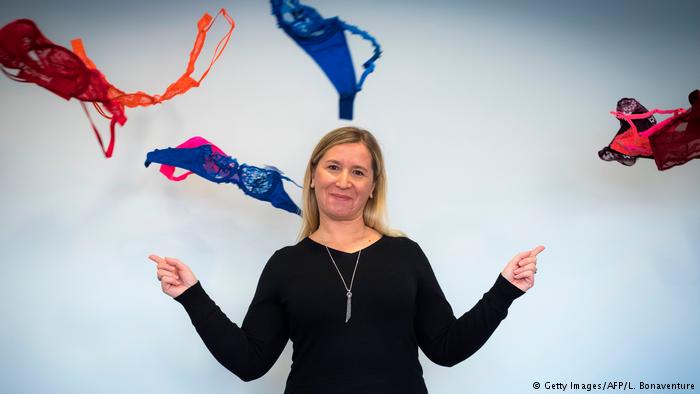How religious women cover their heads
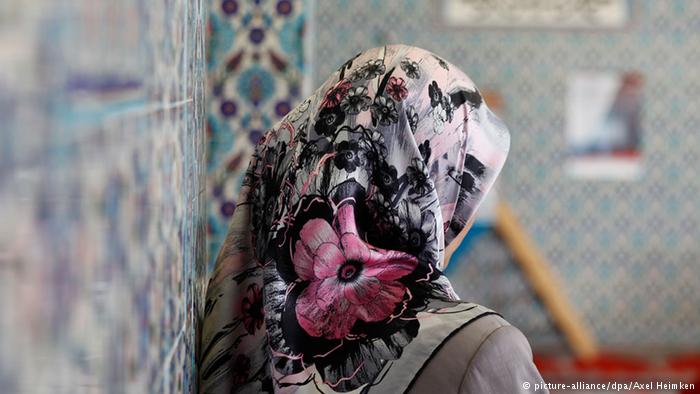
Christianity, Judaism, Islam: In all of these religions, women – some more, some less – cover their hair. What do these head coverings have in common? How do women view these religious strictures?
Beneath the scarves
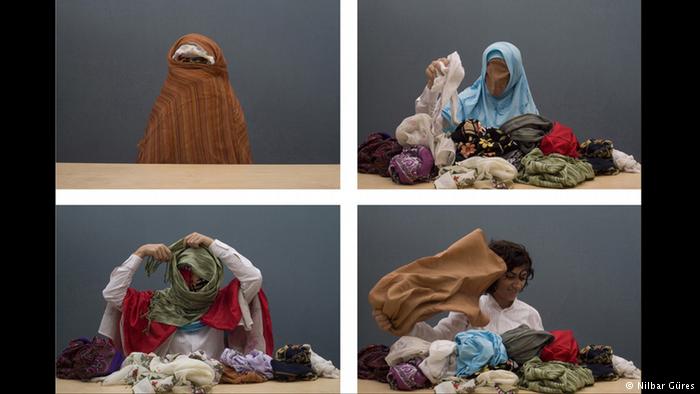
Muslim women who cover their heads are not marionettes of their beliefs, says video artist Nilbar Güres. Four still images shown here are taken from her 2006 performance, “Soyunma/Undressing,” in which she unravels one veil after the other while mumbling the names of the women in her family.
Fake hair
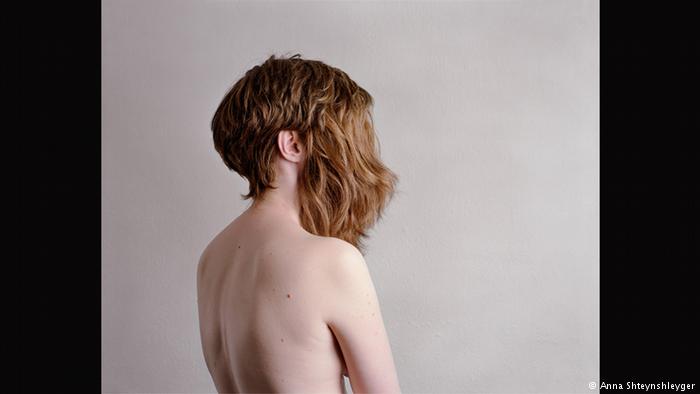
In the self-portrait, “Covered” (2009), Anna Shteynshleyger is wearing two different wigs – an everyday head covering used by religious Jewish women. Through the end of the 17th century, Jewish women wore a “tichel,” a head scarve to cover their hair. Once wigs were in fashion, they became the perfect alternative for the “scheitel,” the traditional head covering worn by Orthodox women.
One belief, several religions
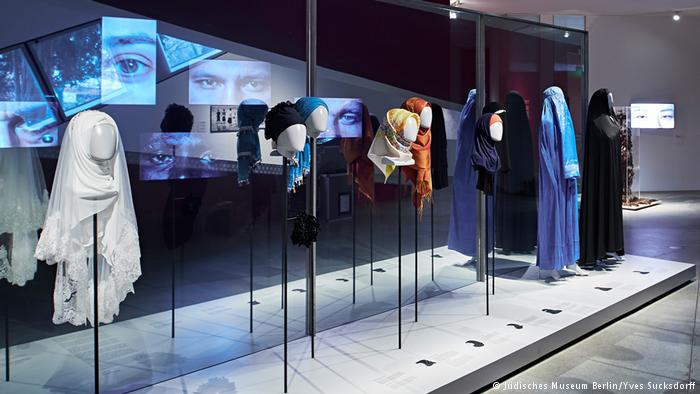
Short head scarf, long scarf, wound tighly or tucked in at the neck: There are numerous ways that Muslim women cover their hair. But what do these all mean? The exhibition explains the differences, showing which scarves belong to which cultural background and which religious beliefs, as well as their broader meaning. For many strict Muslims, the head scarf is one of Islam’s most fundamental rules.
Head coverings during mass
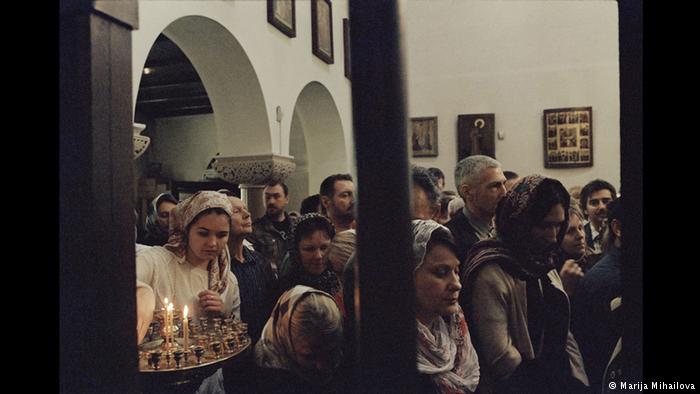
Photographer Marija Mihailova has documented the rituals that take place at the Russian-Orthodox church of Berlin. For mass, the women cover their heads with scarves – an occurrence that has become rare in Catholic and Protestant churches.
Drowning in hair
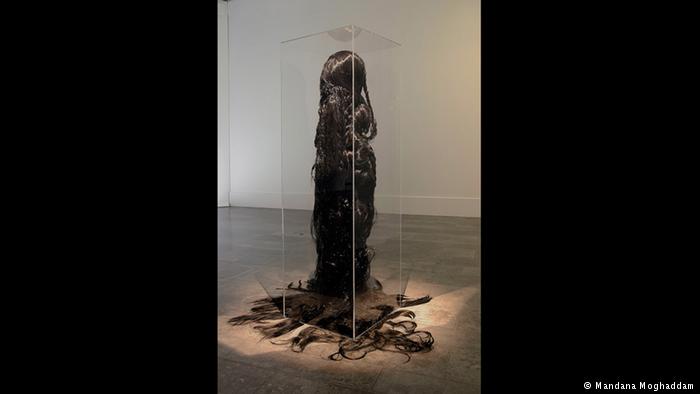
Long, dark hair is a beauty ideal in many Arab countries, something which is symbolized in this sculpture, “Chelgis I” (2002), by the Iranian artist Mandana Moghaddam. Although the hair is beautiful, it creates a veil that completely hides the identity of the girl beneath. It is a take on a Persian fairy tale that tells the story of an imprisoned girl who wears 40 braids.
.
Hair: exclusively for your husband’s eyes
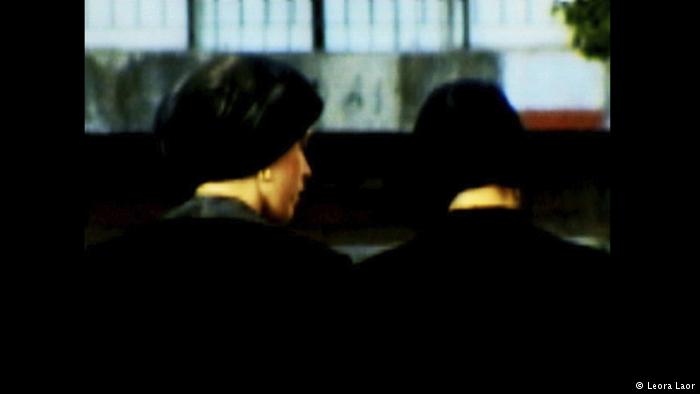
The Yiddish word “tichel” refers to a head covering worn by Orthodox Jewish women, which can be seen documented here in 2001 by photographer Leora Laor while visiting the ultra-Orthodox district of Mea Schearim in Jerusalem. The belief says that after marriage, only a husband may view his wife’s hair, which must be covered, whether with a headscarf, a wig or other decorative accessories.
Free room
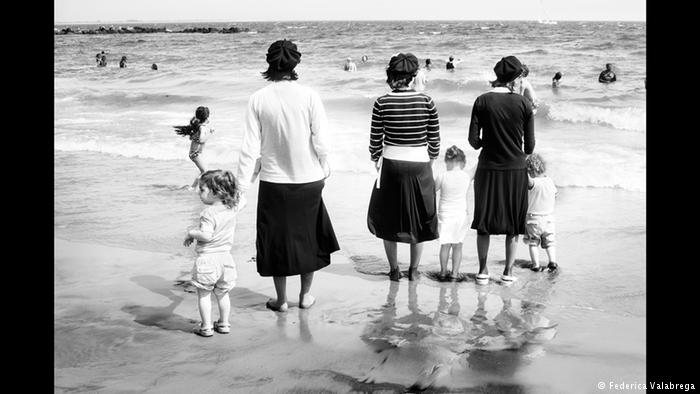
Jewish women were photographed at the beach on New York’s Coney Island in 2011 by Federica Valabrega. Though all of them wore headscarves, their hair peeked out beneath them. Religious rituals are numerous and there is a diversity in how creatively women interpret them.
Covered beachgoers
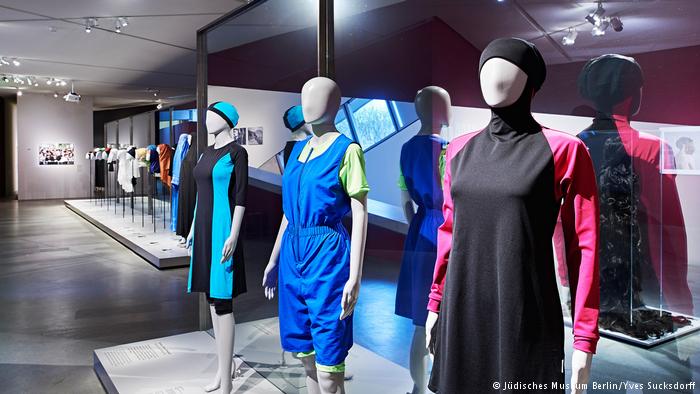
Splashing in the sea while remaining true to your beliefs? For many Muslim women, the burkini has made this possible, as it displays very little of the head and body. Yet some in the Western world feel the swimwear is a provocation.
Author Nadine Wojcik (ct)
_____
WTO RECOMMENDS
A headscarf for all seasons
Colorful, patterned or plain – at wedding ceremonies or during funerals – African women always have the right headscarf for every occasion. For many, it is an indispensable part of their outfit. (From February 15, 2017)
Modern Afghanistan – In the Past
Under the Taliban, women were required to wear an all-covering burqa when venturing outside their homes. But there were times in Afghan history when they adopted a more western clothing style, as these photos show. (From December 20, 2016)
Judges, politics and the burkini
The burkini ban has caused quite a stir in France. Now the country’s highest administrative court has suspended the ban on burkinis for the time being. It is a good decision, writes DW’s Martin Muno. (From August 30, 2016)




